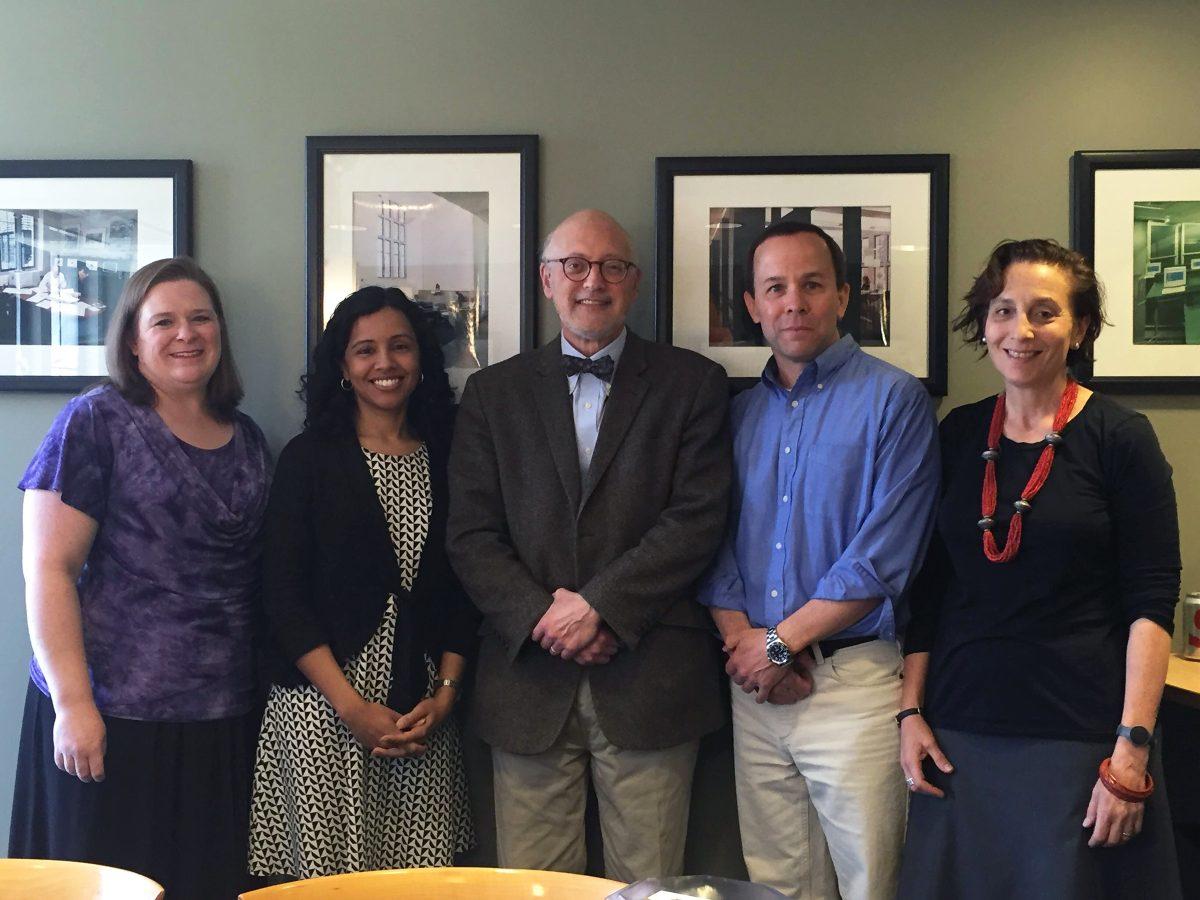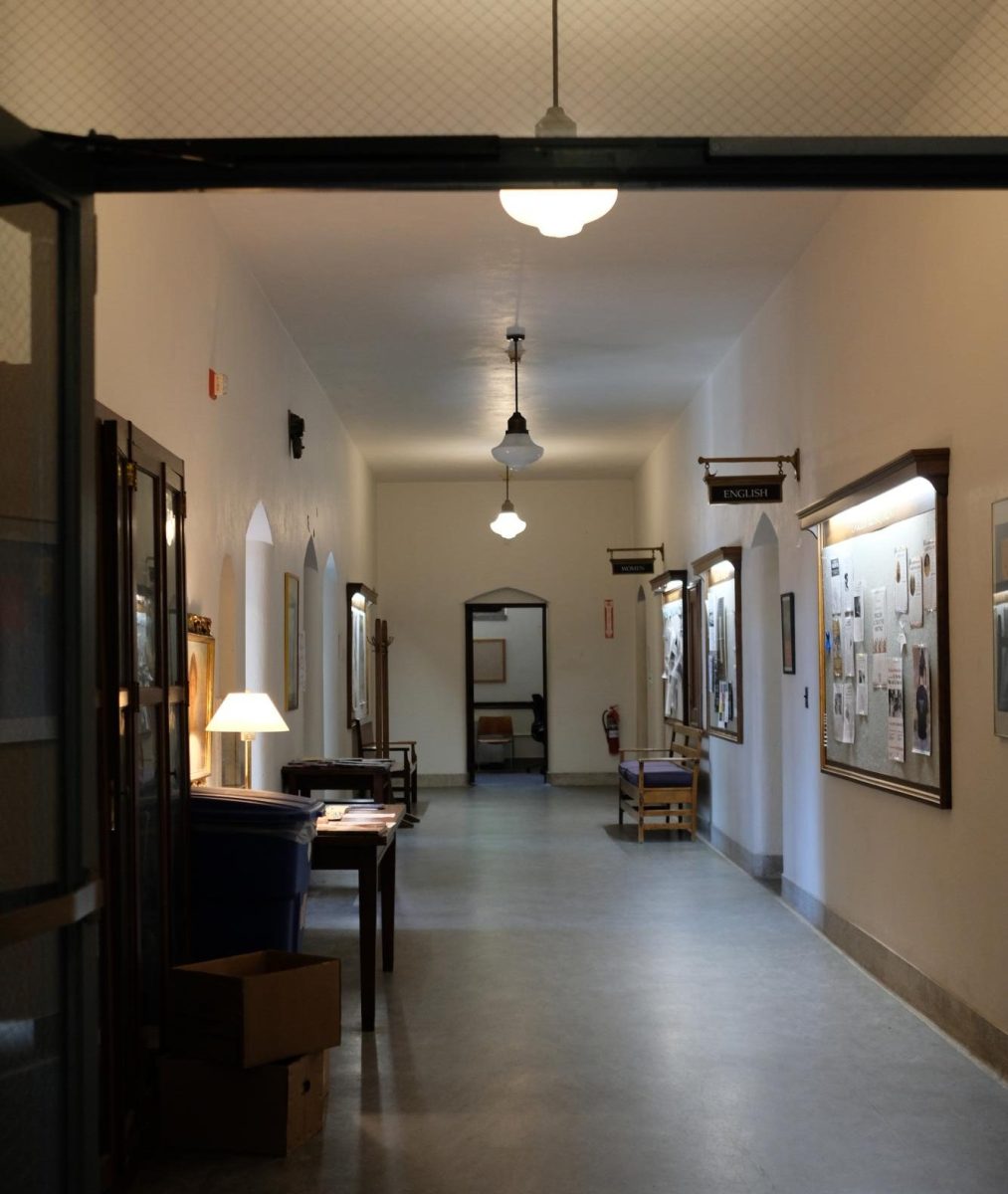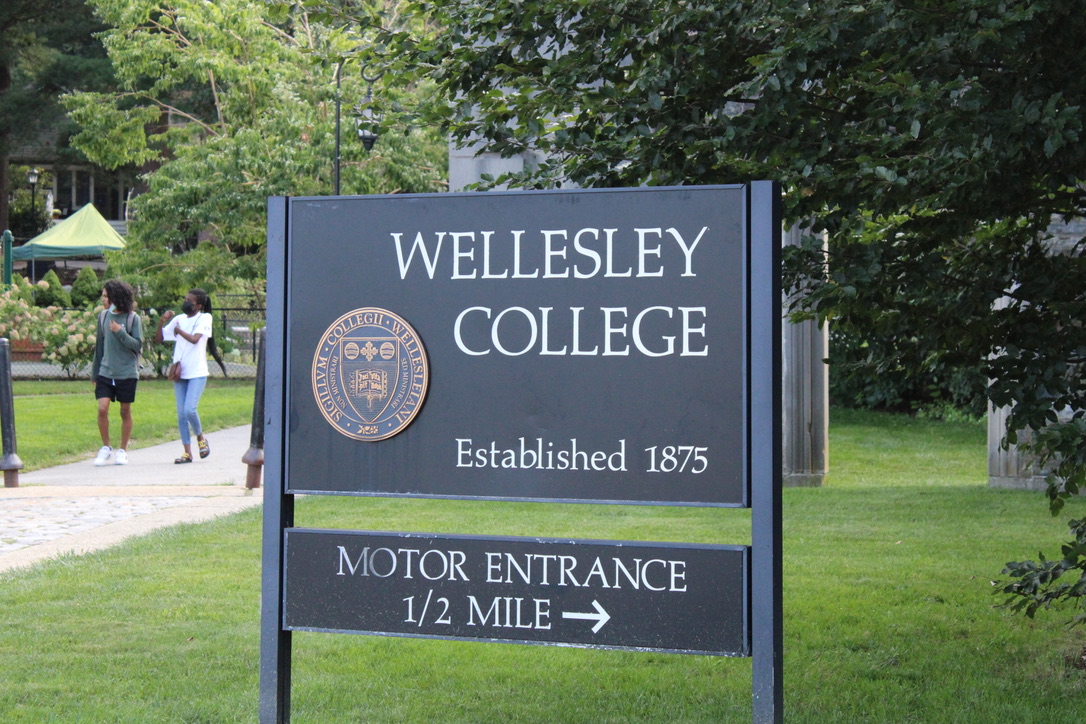President Bottomly and Michael P. Jeffries, an Associate Professor of American Studies, sent out an end of year report on the Commission on Ethnicity, Race and Equity (CERE) after a year fraught with backlash against the administration. The CERE was formed in the spring of 2015 as an attempt to gather information on and combat instances of racism and exclusivity on campus.
This report announced improvements to Wellesley Plus, a program that provides selected students with extra support, plans to offer “unconscious bias training” for faculty and staff and an increased effort to hire faculty of color. However, leaders of cultural organizations on campus felt like there was further room for improvement.
Earlier this year, students conducted a protest called Taxi Cab 1969, in solidarity with the students at Missouri University, which called for many improvements in the representation and treatment of students of African descent on campus. The end of year report announced that it had added the demands made by the protestors to the list of recommendations made by the CERE, “specifically, increasing the number of enrolled of African descent; and increasing mental health resources for students of African descent.”
The CERE report also announced a plan to make adequate meeting space for students of color on campus, a stipulation that has been requested for many years by students of color and cultural organizations. The CERE prompted the renovation of a space called Acorns, previously used to house faculty.
Fernanda Cruz ’16, the president of Mezcla, although pleased with this progress, wishes that there was more room for cultural groups on campus. “I am grateful that the beginnings of a space are being realized, but the space is simply not large enough to serve our communities,” Cruz said.
Aramie Sohn ’16, the chair of the Pan Asian Council, was excited by the effort that the CERE has made in the past year. “[I am] glad that someone is finally taking the measures to meet with representatives from each organization or group to voice their concerns to the administration on their behalf,” she said.
However, Sohn feels that there needs to be a more acute push in hiring faculty of color. She raised concerns about the lack of diversity in the staff at the Stone Center, worrying about the hindered accessibility that an uniform staff offers. She stressed that measures need to be put in place to hire a more diverse staff at the Stone Center “so that they are more accessible to students.” The CERE report addressed this by announcing plans to start a hiring initiative to increase the number of faculty of color, but it made no mention of increases to staff.
In regards to further improvements that the CERE can make, Sohn noted that Asian and Asian-American students on campus need more aid from full time advisors and that current advisors “cannot be expected to take on all of the roles alone forever.”
Cruz thought that space for more representation was also necessary. She hopes that in the following years the CERE “will be able to host town-hall style meetings that will allow members of all communities at Wellesley, not just leaders of student organizations, to come together to raise our concerns and suggest how CERE can better support each of our groups.”
She also expressed a wish for further administration accountability and a more open dialogue between the administration and the student body. “There is still a lot of work to be done in the realm of accessibility to information, transparency and collaboration,” said Cruz.
Interim Dean of Students Adele Wolfson emphasized that the CERE was not made to meet student demands. Rather, “It was intended to engage and receive feedback on issues related to diversity, inclusion and equity from all members of the community,” said Wolfson.
Cruz does not necessarily agree with this. She feels that the CERE should prompt the administration to start addressing issues of equity before students call for it. Cruz said “it is unfortunate that much of the burden of raising concerns, those of which the administration should already be addressing, falls on student voices and action.”
Wolfson believes that CERE includes plenty of student voices, “both through the participation of excellent student members and in extensive meetings and consultations with student organizations.” She also stressed the fact that the CERE was already forming improvements for certain provisions such as “first gen. programs” in conjunction with students’ requests for them.
Wolfson’s sentiments align with Cruz’s thought about town-hall style meeting forums. Wolfson believes in the future, the CERE can “involve broader participation from the community” as its biggest improvement.
Sohn’s wishes for the future of the CERE echo both Cruz’s and Wolfson’s. She expressed the need for greater representation from both faculty and staff so that the needs of the community can truly be met. The CERE will continue to roll out initiatives in the next few years and continue to attempt to make improvements.
Photo courtesy of Markella Rutherford






